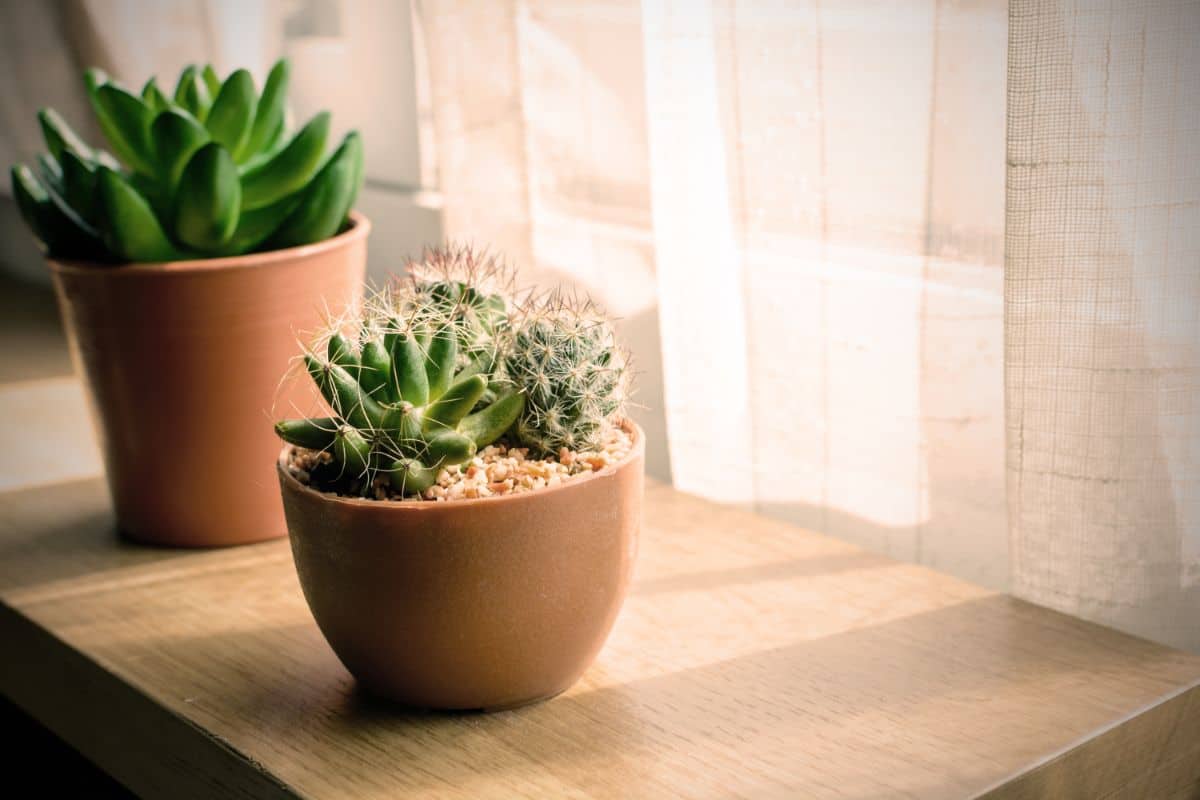
As a succulent lover, you want to take the best care of your plants, but it can be difficult to give your plants the perfect environment when you don’t understand what they need. More than a few gardeners have been stumped when presented with the term ‘indirect sunlight’. You might have even run into a care guide describing your succulent’s ideal light levels as ‘bright, indirect light’. What exactly does that mean?
Jump to:
Types of Light
Typically, you’ll find that your succulents and cacti will fall into two light categories: direct and indirect light. If you already know which one your plants need, you’ll also need to know how to provide it for them. Knowing the direction your windows face can help, but you’ll also need to know what differentiates indirect light from direct light.
Direct Light
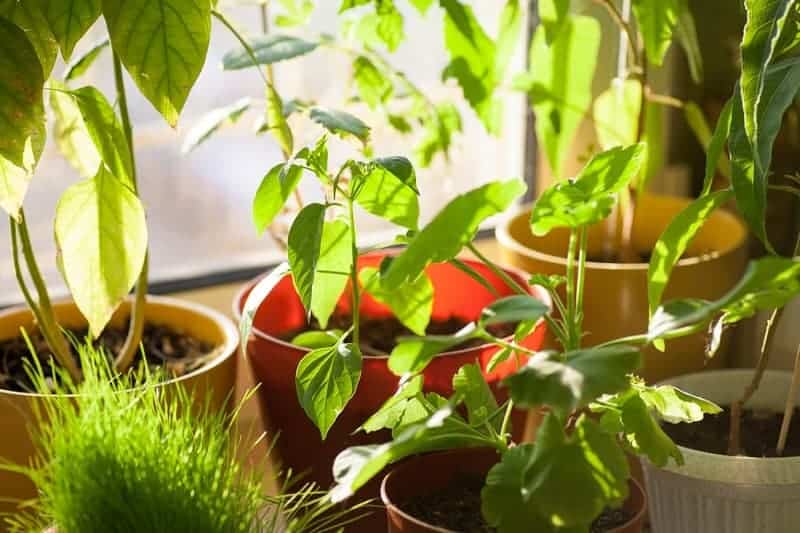
Simply put, direct light is exactly what it sounds like. The sun shines directly on your plants. Depending on the time of year and where you live, plants placed in east, west, or south-facing window should receive several hours of direct sunlight per day.
It’s important to note that even plants that prefer direct light can be affected by the heat, so if you live in an especially hot climate, you may want to consider moving your direct light-loving plants away from the window a few feet to help keep them cool.
Indirect Light
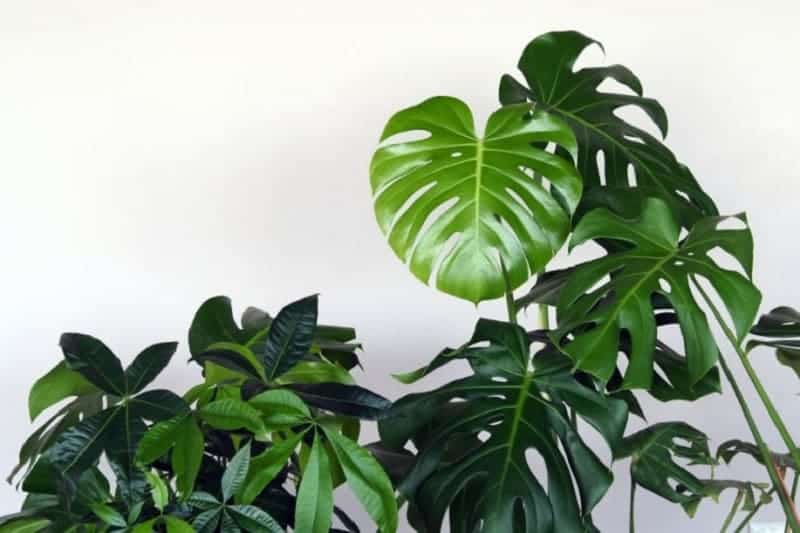
Again, indirect light is exactly what it sounds like. Your plants are in a bright location, but they never receive any sunlight directly on their leaves or stems. Light may be reflected from other surfaces on to your plants, but the sun does not shine directly on them.
North facing windows will provide your plants with plenty of indirect light, but there may not be enough light for some species. Indirect light will also be available for part of the day in windows facing west, east, or south.
You can also create indirect light if you’re not able to place your succulents in a location with enough natural indirect light. Moving your plants a few feet away from the window or even covering the window with a sheer curtain or shade can help cut down on the light your plants are exposed to.
Why Indirect Light is Important
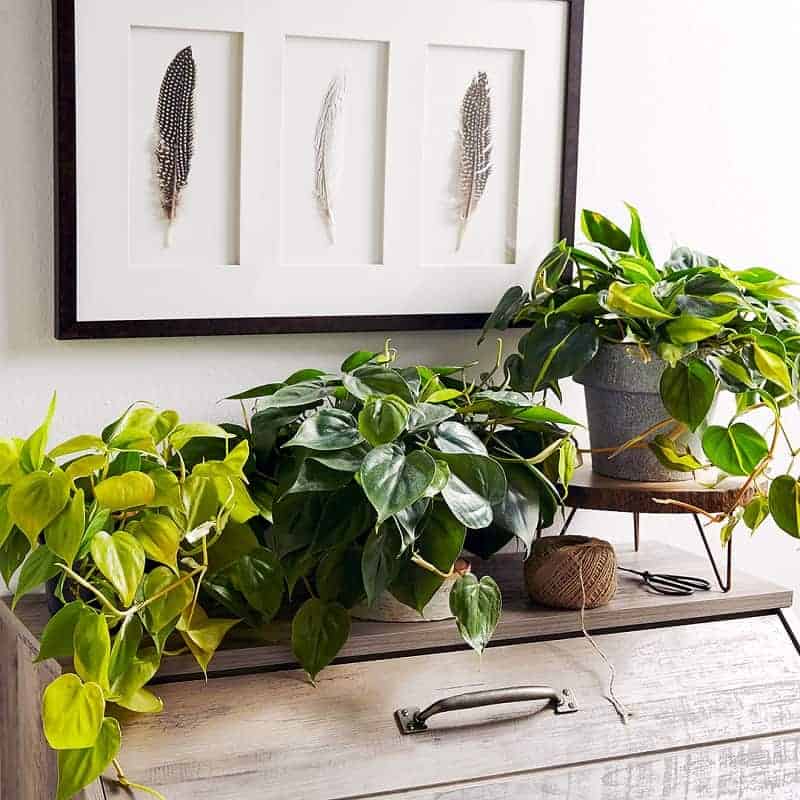
If the species of succulents and cacti in your collection prefer indirect light, it’s important that you provide them with exactly that. Unfortunately, plants do not do well when they are exposed to too little or too much sunlight.
No products found.
If your succulents aren’t getting enough light, they’re going to etiolate. Etiolation is when your plants become stretched out in their attempt to find more light. You may notice your succulent getting strangely tall with leaves that are larger and more spaced out than they should be. This is your plant’s reaction to unfavorable light conditions, and you’ll need to move it to a location with more light.
Unfortunately, etiolation is not reparable. Once your succulent has stretched out, the only way to fix it is to behead it. That may sound dramatic but propagating the uppermost portion of your plant is really the only way to overcome the damage of etiolation.
Likewise, a succulent can suffer when exposed to too much sunlight. Sticking your plants out indirect light, especially in the heat of the summer, is going to result in sunburn. Unlike etiolation, sunburn can happen quickly, so it’s important to monitor your plants anytime they’re exposed to direct sunlight.
If you notice your plants developing discolored patches, ranging in color from tan to black, your succulents are getting too much light. The texture of the leaves may also change from soft and smooth to rough and scarred.
Again, sunburn is permanent and cannot be reversed. You’ll either need to accept your plant’s new markings as part of their unique charm or wait until the damaged leaves are replaced by new growth.
So, if you have a plant that requires indirect light, you’ll make sure you’re providing enough light to prevent etiolation, but not enough direct light that you risk sun burning your garden.
How to Determine Indirect Light Level
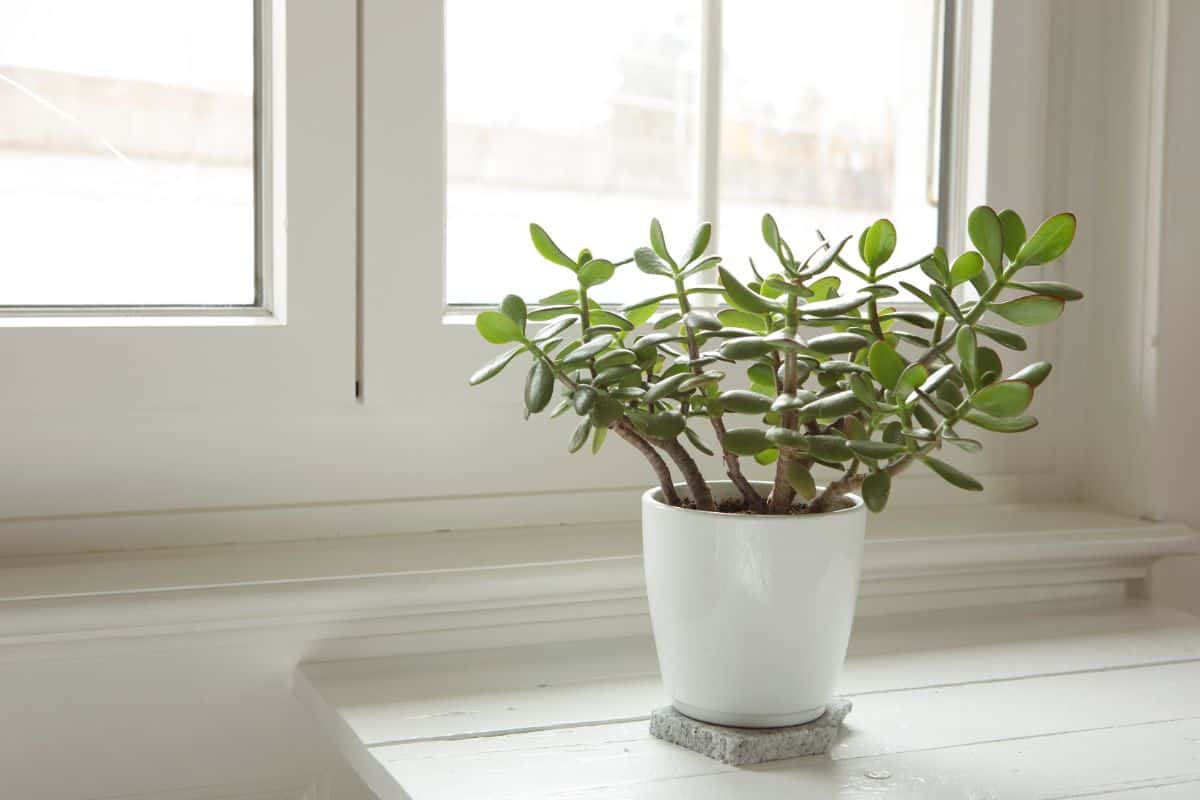
Now that you know the differences between direct and indirect light, you’ll need to know if your space is bright enough to grow healthy succulents. Assessing the light levels in your home or outdoor space will help you determine the best place to grow your indirect light-loving succulents.
This is where that confusing phrase ‘bright indirect light’ comes into play. You’ve already determined that your plants are getting indirect light, but now you need to know if it’s bright enough for your succulents to not just grow, but to thrive.
If your home has particularly low indirect light levels, you may want to consider growing low-light succulents, rather than those that prefer bright indirect light. Some species of succulent are able to grow well with relatively low direct light and are best suited for dimmer areas of north-facing windows.
If you determine that your plants aren’t getting enough light, but you’re determined to grow species that prefer more light than your home can provide, there are ways to adapt. You can always invest in a grow light to give your plants a little extra boost in light levels.
Just remember, if you’re using a grow light, you’re also going to need to keep an eye on your plants for signs of burning, especially if you’re using a light with a reflective hood. Some types of grow light can heat up quickly and you don’t want to accidentally toast your succulents.
No Equipment Needed
The first method of determining how bright the areas of your home are is to examine the shadows of objects in the room. If you look at the edges of a shadow in bright, direct light, you’ll see that they’re crisp and clear. You could easily trace the edges of the shadow with a pen or pencil if you wanted to.
In indirect light, the edges of shadows will appear to be softer and blurrier. If you were to trace a shadow in indirect light, you might have difficulty determining where to draw your line. The fainter or more unclear the edges are, the dimmer your light levels are.
Smartphone Apps

If you’re a tech-savvy succulent lover, you can also download an app on your smartphone to help you determine how much light your plants are getting. There are a variety of apps available for both iPhone and Android users, and some are free while others cost a few dollars.
Depending on the app you choose to download, you may be looking at measurements in either foot candles or lux. Both are simply units of measurement for the amount of light that falls on a given surface, such as your plants. Foot candles are measured using the Imperial measuring system, while lux uses the metric system.
Once you’ve downloaded the app, you’ll need to place your phone where your plants are growing and press the button to start measuring. The app will use your smartphone’s camera to take in the available light for measurement. Remember, your camera should be facing the available light, not your plants.
Light Meter
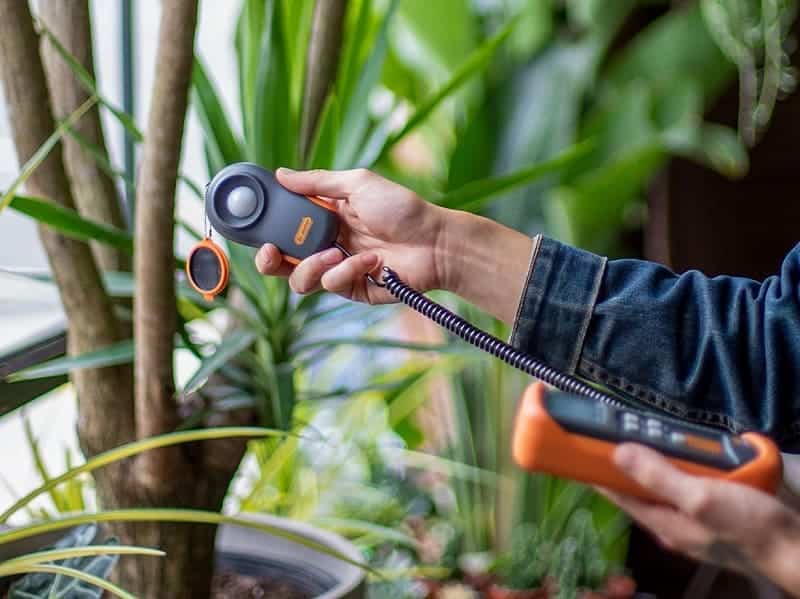
If you’d prefer a more accurate measurement, you may want to consider investing in a light meter. A light meter is a device that performs the same task as the app on your phone, just with a bit more scientific accuracy.
Light meters are available in a range of prices to suit any budget. Most quality light meters are going to cost you somewhere between $15 and $35.
To use a light meter, you’ll need to turn on the device. Depending on the model you’ve purchased, it may be able to switch between lux and foot-candles, so choose the unit you prefer.
Again, you’ll need to place the device in the area of your plants facing toward the light source NOT toward your plants. Once your meter is in position, you can press the button that begins measuring.
How Much Indirect Light is Enough?
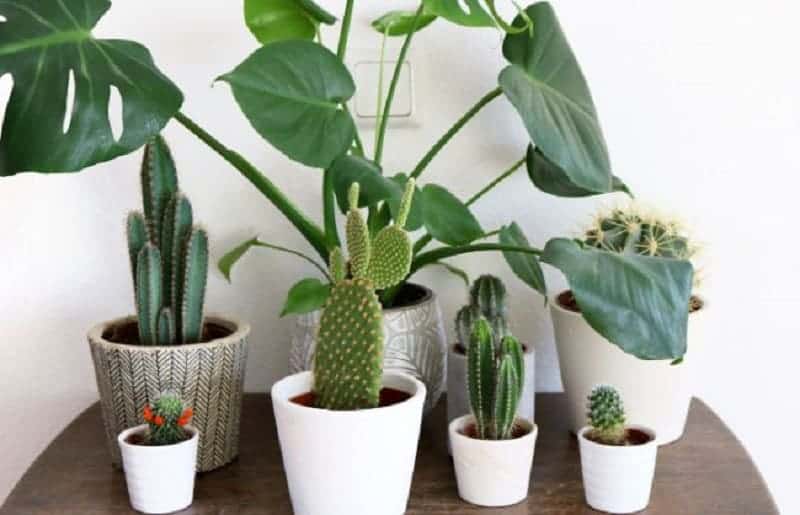
Typically, indoor light levels range from 50 FC (foot candles) to 500 FC or 538 lux to 5382 lux. Most low-light plants will not thrive below 25 FC or 269 lux. Unfortunately, it’s unlikely that you’re going to find a guide online to tell you the exact amount of light your plants need. These measurements are meant to be used as a rough guideline.
To determine whether your plants are receiving enough indirect light, you’re going to need to monitor them closely. If your succulents are exposed to any direct sunlight, you need to watch for signs of sunburn and adjust accordingly. Likewise, if your plants are beginning to etiolate, you’ll need to move them to a brighter area.
Remember, the damage of etiolation and sunburn are permanent, so you need to adjust your plants’ light levels as soon as possible if you notice signs of either. Prevention is always the best medicine in this case.
You Might Also Like:


Mary Dionne
This article is a very informative
and a "must read" for the beginner!
I have had sunburn on some of my
beautiful plants and I wish I had read
this article when I was a newbie!